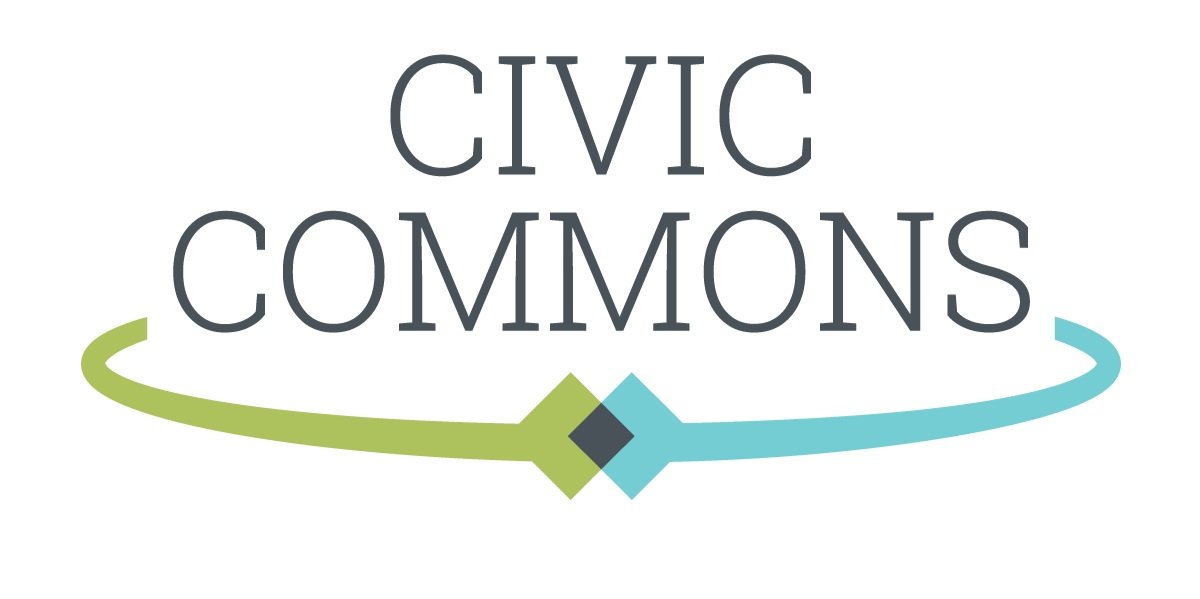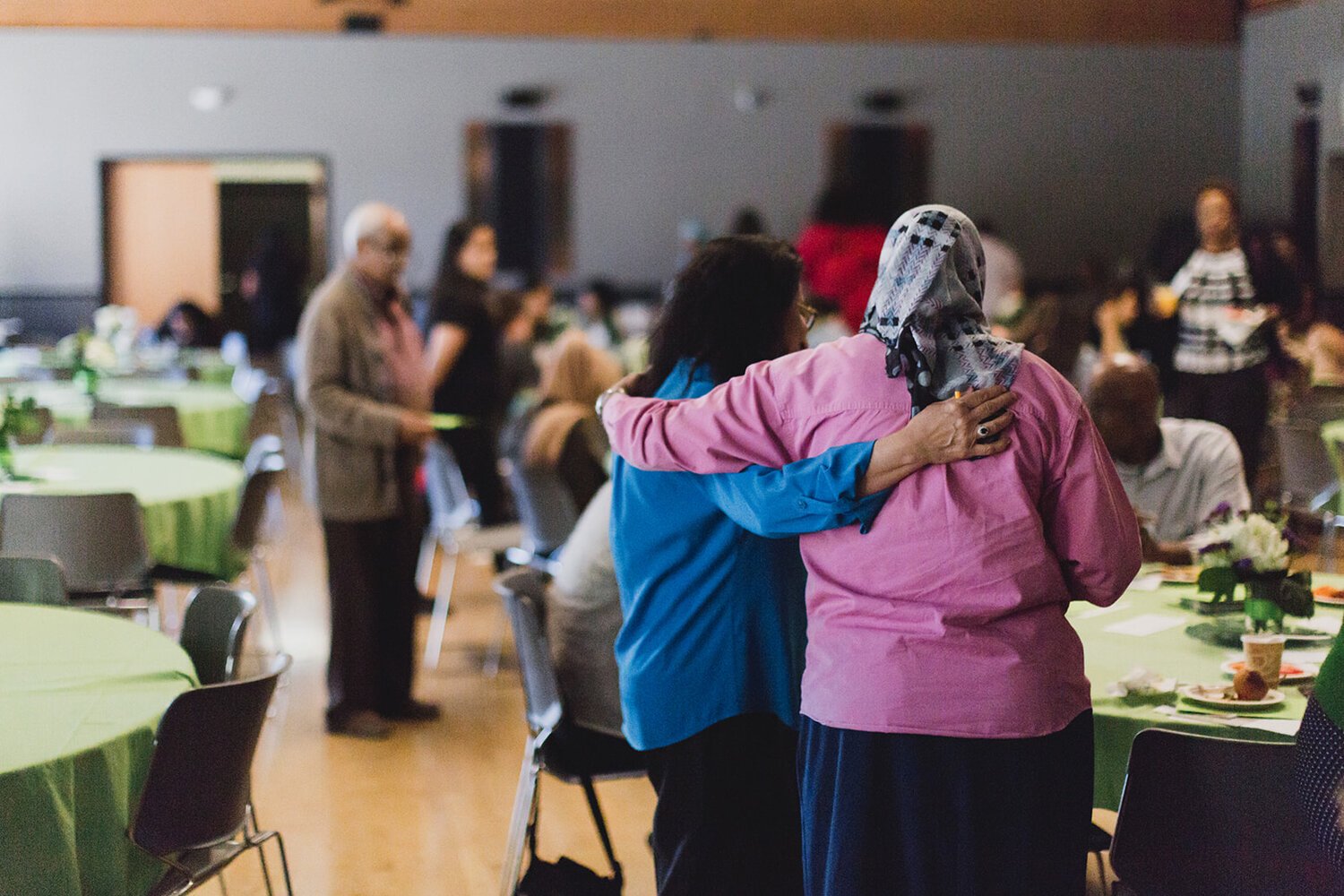What is civic muscle?
When we think about healthy and vibrant communities, a few things immediately come to mind. Access to basic needs. Affordable housing. Neighborhood safety. A strong education system.
But before people can come together to act on these goals, they must have the foundational skills and training to get the job done. Just as Simone Biles did not walk up to the balance beam in Paris without years of training, a civic leader cannot begin to create change without first building civic muscle.
So what do we mean when we say civic muscle?
Civic muscle is what a region needs to accomplish its goals and achieve its shared values. It's about how we weave together and leverage the assets that we all bring to the table, based on the sector, institution or community we represent. It's recognizing that the challenges we face are complex — and that we cannot solve them alone. Civic muscle gives us the strength to disagree and still make progress. When there is friction between folks at the table or unforeseen challenges, civic muscle helps us to weather those difficult times.
“Our tendency to trust and gravitate toward people we already know is a fundamental part of how we operate as human beings.”
Back in the day, when civic leaders wanted to address a problem or improve their community in some way, they turned to their inner circle. It was common for those in power — typically white men — to gather behind closed doors at a fraternal organization or meet for a two-martini lunch and hash out the deals that led to pivotal policies and infrastructure projects.
Today, our decision-making process is more inclusive and transparent. That’s a good thing. However, we still live in a world where relationships matter, and sometimes we shortchange these connections. Our tendency to trust and gravitate toward people we already know is a fundamental part of how we operate as human beings.
Making an effort to create new relationships and strengthen existing bonds is one of the first steps toward building civic muscle. Unlike the civic clubs of yesterday, today this work must include individuals who are outside of one’s own inner circle — because civic muscle cannot take root unless it is built across groups and constituencies. Elected leaders should be in conversation with corporate leaders, educational leaders, nonprofit leaders and community leaders.
When we don’t talk to each other or don’t know each other, we retract and we don’t see. When we’re in dialogue with each other and have relationships with each other, incredible things become possible. Civic muscle gives us the courage and the resources to look beyond the challenges directly in front of us to see how our collective actions can shape our community’s future.

